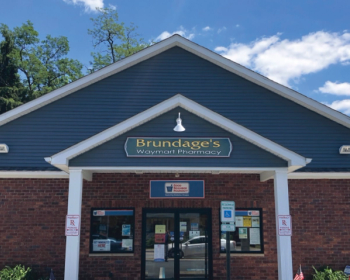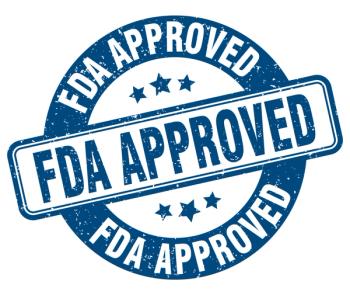
Regional wholesalers are holding their own
They have state-of-the-art distribution centers serving wide geographic areas. They are involved in testing cutting-edge technology. While this may describe the top three national pharmaceutical wholesalers-AmerisourceBergen, Cardinal, and McKesson-which command over 90% of the market, it also covers some regional wholesalers.
The ranks of regional wholesalers are dwindling, with the latest acquisition of F. Dohmen Co. by Cardinal Health, but it doesn't mean they aren't holding their own. In fact, some are experiencing substantial growth.
These smaller accounts have been a boon to Rochester Drug, a cooperative with 150 owners representing 225 stores. The stores have enabled Rochester Drug to expand into New Jersey, New York, and Pennsylvania and experience a 15% rise in business in 2004. Rochester Drug has opened about 70 independent pharmacies in the past five years, and three new stores are under construction. "We found a way to create our own marketplace that overcomes the power of the chain pharmacy to put our customers out of business," said Doud.
Smith Drug, Spartanburg, S. C., is yet another regional player that has experienced substantial growth. The company, which is 70% employee-owned, serves the Southeast from distribution centers in Arkansas and South Carolina. Ken Couch, president/CEO of Smith Drug, said the firm helps about three new pharmacies a month open their doors. In return for Smith Drug's assistance, the pharmacies become company customers, Couch said.
Being on the cutting edge of technology is crucial to regionals' success. Consider the following:
Newsletter
Pharmacy practice is always changing. Stay ahead of the curve with the Drug Topics newsletter and get the latest drug information, industry trends, and patient care tips.
































































































































































